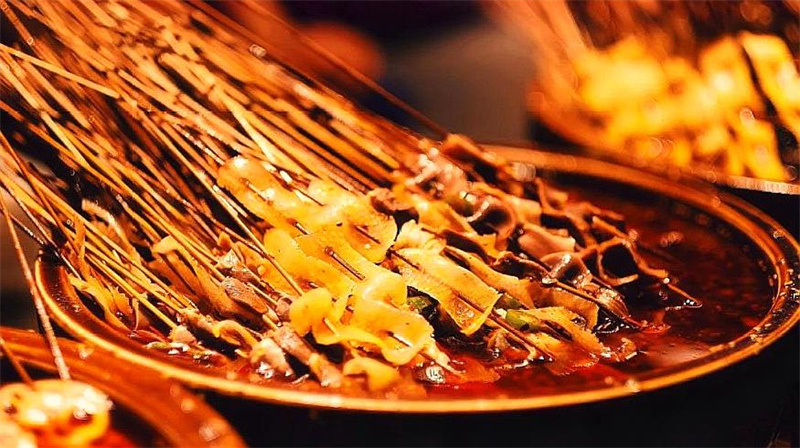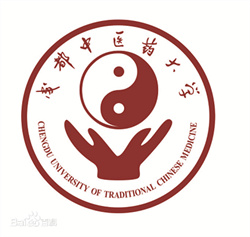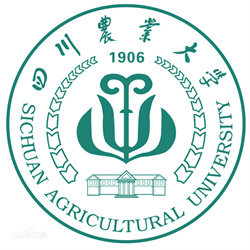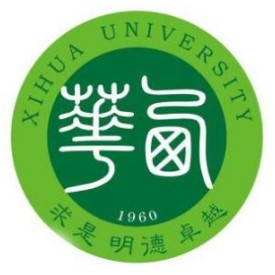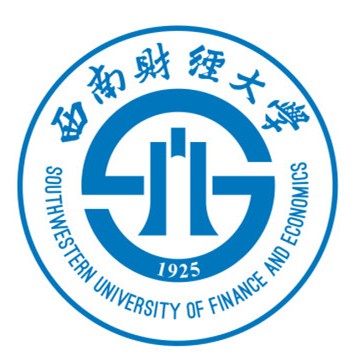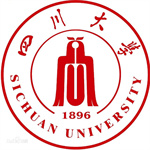Territory
China is located at the east coast of the largest continent (Eurasia) as well as the western margin of the largest ocean (Pacific). It has a land area of about 9.6 million square km, occupying 6.5 percent of the total land area of the world. From the confluence of the Heilong River and its tributary, the Wusuli River, westward to the Pamir Plateau, the distance is more than 5200 km. From midstream of the Heilong River north of Mohe, southward to Zengmu Shoal of the Nansha Islands near the equator, the distance is more than 5500 km. Its population of more than 1.3 billion accounts for approximately one-fifth of the world population...
MOREStudy in Chengdu
A garden city in Southwestern China, famous for spicy food & spicy girls.
City Type: Cultural Cities
Climate: Moderate
Air Quality: Good Air Quality
Average: 2220 -- 2820 RMB
University Amount: 12

Chengdu International Airport
Chengdu has one airport, the Shuangliu International Airport (CTU), in the southwest of the city. Located about 16 kilometers (10 miles) from the city center, it is the largest aviation hub in central and western China, and aims to form the national aviation hub in mainland China. It has flights to more than 70 domestic cities and over 20 international cities. Frequent one-hour flights are available to Kunming, capital of Yunnan Province. Flights to Xining, capital of Qinghai Province, take about one and a half hours, with two-hour flights available to Lhasa, capital of Tibet. It is convenient to visit the Jiuzhaigou Scenic Spot by air from Chengdu, a 40-minute flight from CTU to Jiuhuang (Jiuzhaigou and Huanglong) Airport with one-way fare of about CNY 700. Visitors are advised to book flights early for this popular trip. Discounts may be available through hotels or travel agencies.
Chengdu Train
As the largest railway hub in southwest China, Chengdu has convenient railway transportation. At present, it has two railway stations for passenger transport: Chengdu Railway Station and East Railway Station. Another two passenger railway stations, south and west railway stations are now under construction. When completed, the “two principals (north and east railway stations), two assistants (south and west railway stations)” setup of Chengdu rail transport will be formed and better serve passengers.
Chengdu Subway
The first line of the Chengdu Metro opened in October 2010, slicing north-south through the city along Renmin Rd and connecting the North and South railway stations together. The fare for a single ride is ¥2-4 depending on distance. You can purchase tickets from machines (English available) with ¥1 coin or ¥5 and ¥10 notes. Ticket booths are also available if you don't have suitable notes.
When entering the metro you need to put your bags through an X-ray machine. The ticket is flashed by the gates on the reader on your right side. You need the ticket to get out as well, so keep it safe. When exiting, the ticket is placed into a slot that collects it. Again, this slot is on the right side of the gate, so pay attention, since it's very easy to accidentally open the gate next to you.
Chengdu Weather
Chengdu enjoys a subtropical monsoon climate and also a typical basin climate due to its distinctive location. Generally speaking, the city experience the early spring, muggy and humid summer, cools autumn and warm winter.
Usually the spring comes very early and spring flowers are blossoming just after the Chinese New Year Festival. And autumn is cool and refreshing. Therefore, the spring and autumn are commonly very pleasant and best season for traveling.
The temperature on spring and autumn range from 15-25°C. Summer is very hot and humid and temperature is roughly 20-35°C.
Spring & Summer
Spring
Spring in Chengdu often comes early from the end of February and lasts long until early May. As the temperature rises, colorful flowers are blooming one after another, and trees and grass are turning green under the spring wind.
Summer
Summer here is both hot and rainy, from mid-May to early the end of August. Besides shorts, a thin overcoat and rain gear are also necessary for a summer tour to the trip. At this time, the area is somewhat unpleasant because of the high humidity although the temperature is usually less than 35 °C (95 °F).
Autumn & Winter
Autumn
Autumn usually starts from September and lasts till the end of October or early November. The temperature drops quickly, and there may be a lot of rain. You’d better take long-sleeved T-shirts and thin overcoats plus a thin sweater. Kalong Valley, Sanjiang and Miyaluo at this time are covered with red maple and yellow chrysanthemum, beautiful and magnificent.
Winter
The average temperature in winter from November to mid-February is about 5 °C (41 °F). However, due to the clouds and moist weather, it feels very cold. You have to wear woollens, down jackets and warm winter boots to spend a winter holiday there.
Sichuan Cuisine
Sichuan cuisine has developed over the centuries. Its distinctive flavors entice people throughout China and recently in foreign countries.
Sichuan cuisine is famous for piquancy, but its flavoring is complex as well as hot. Typical dishes include the following:
Ma Po Tofu (Bean curd with mince and chili oil): one of the most influential flavors of Sichuan cuisine, served in every Sichuan restaurant. Chen Ma Po's Bean Curd Restaurant at No. 197, West Yulong Street serves the most delicious and local one. For hundreds of years, Ma Po's Bean Curd has been popular among people all over China, even throughout the world.

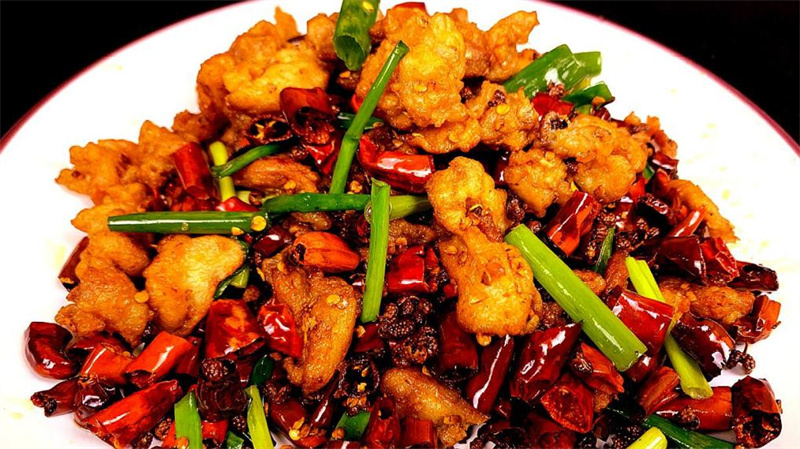
Feature of Chengdu Cuisine
Chengdu cuisine has three categories, Sichuan Cuisine, Hotpot, and Snack.
You will find no shortage of delicious and fiery Sichuan food in Chengdu. Most of the food is quite spicy, be sure to specify whenever you order: non-spicy (不要辣; búyàolà), a little spicy (微辣; wēilà) or 'old' (very) spicy (老辣; lǎolà).
However, Sichuan food also makes heavy use of Sichuan pepper (花椒; huājiāo), which looks like but is not a true peppercorn, and causes your mouth to become somewhat numb. Sichuan pepper is added in most spicy dishes. If you can eat spicy food but do not like Sichuan pepper, you need to order so (不要花椒; bú yào huājiāo).Average consumption regarding normal meals in Chengdu are between ¥15-¥50. 

Hot Pot
When people think of Chengdu, they immediately think of hotpot. Introduced from Chongqing, Chengdu hotpot has its own style ranging from simple spicy to moderate, three or four kinds of spices, as well as fish head hotpot, medical herbs hotpot, etc.
Huangcheng Laoma: an old-fashioned hot pot restaurant, regarded as No. 1 among hotpot restaurants in the city. It is situated at No. 20, Qintai Road, Qingyang District, Chengu. A worthy representative of Sichuan culture and diet, Huangcheng Laoma offers hotpot, plus stunning entertainment -- a Changing Face opera performance/shadow play.

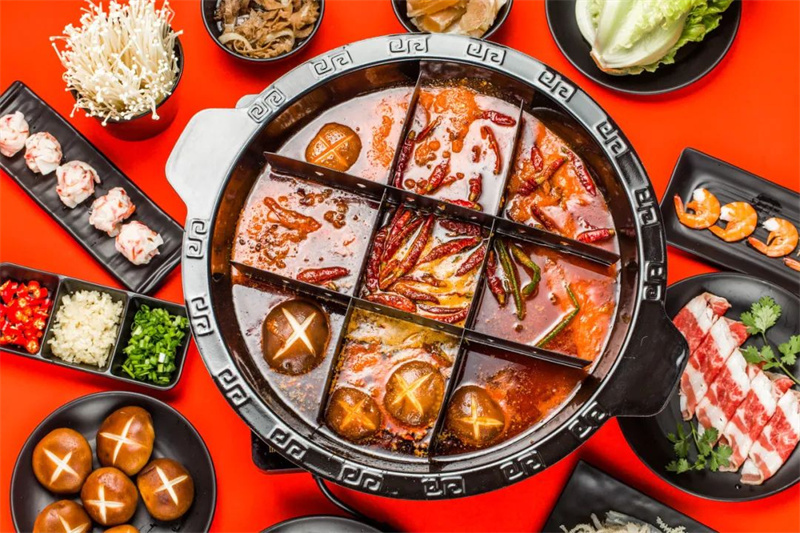
Chengdu Snacks
Hidden in the streets and lanes of the city, snack bars still send out savory flavors.
The most renowned snacks include:
Fu Qi Fei Pian (Braised Cow Lungs): Actually beef, heart and tongue take the place of lungs. This tasty dish is made with particular condiments using a delicate process.
Chuan Chuan Xiang: also called Ma La Tang, vegetables, sausages, shrimps and anything edible can be threaded onto a bamboo stick and cooked in the hot pot.
Lai Tang Yuan (Lai's Glutinous Rice Ball): the nutritious glutinous rice ball made by Lai (Surname of the maker) is soft and sweet.
With more branches than McDonald's, Lai Tang Yuan is easy to find in Chengdu.

